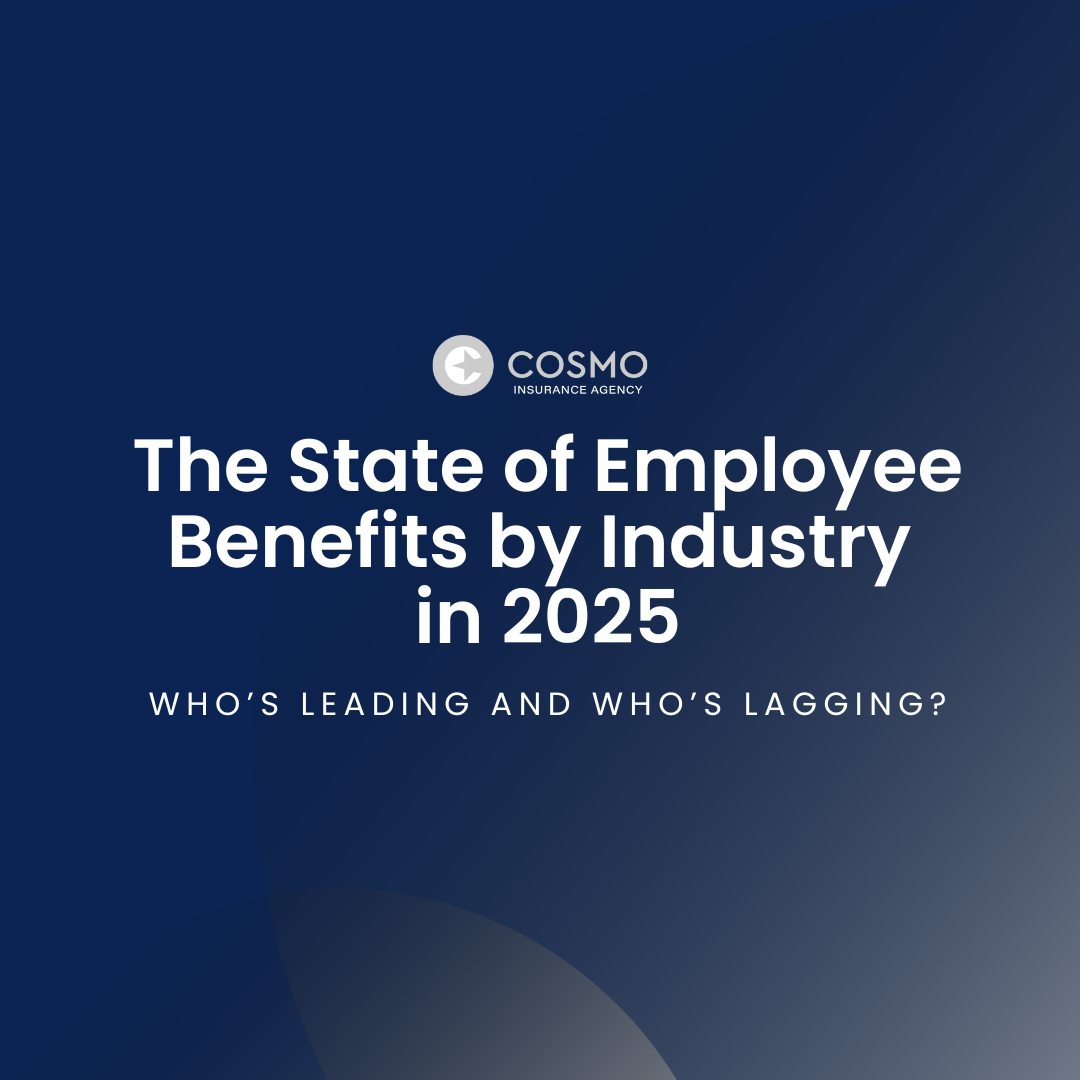In today’s competitive labor market, employee benefits are no longer optional perks—they’re critical tools for attracting and retaining top talent. From healthcare coverage and paid time off to flexible schedules and retirement plans, industries are stepping up their benefits game—but not equally. This blog explores how employee benefits vary across major U.S. industries in 2025, and what that means for employers and job seekers alike.
Key Takeaways:
- Healthcare and tech industries offer the most comprehensive benefit packages.
- Retail and hospitality sectors still lag in paid time off and retirement offerings.
- Remote work benefits remain strongest in tech and professional services.
- Mental health support is becoming more common—but access varies widely.
1. Healthcare Coverage: A Universal Expectation, Not a Guarantee
According to the U.S. Bureau of Labor Statistics (BLS) 2024 Employer Costs for Employee Compensation report, 71% of private industry workers had access to medical care benefits. However, access differs by sector:
| Industry | Access to Employer-Sponsored Health Insurance |
| Information Technology | 90% |
| Finance & Insurance | 89% |
| Manufacturing | 85% |
| Education Services | 79% |
| Retail Trade | 45% |
| Accommodation & Food | 35% |
While large companies often provide robust healthcare plans, small businesses, particularly in retail and food service, struggle due to cost.
2. Paid Time Off: Uneven Access Across the Board
The Society for Human Resource Management (SHRM) 2024 Employee Benefits Survey found that:
- 96% of full-time employees in professional services receive paid vacation.
- Only 44% of hospitality workers report access to paid vacation leave.
- Tech and finance lead in offering unlimited PTO policies, with adoption rates of 18% and 15%, respectively.
This divide can affect burnout and employee turnover, especially in industries where high-stress, customer-facing roles are the norm.
3. Retirement Plans: Who’s Investing in the Future?
BLS data indicates that 68% of private industry workers have access to retirement benefits, but again, it depends on where you work.
| Industry | Retirement Plan Access (Defined Contribution) |
| Finance & Insurance | 91% |
| Professional Services | 83% |
| Construction | 65% |
| Retail Trade | 43% |
| Leisure & Hospitality | 35% |
Auto-enrollment and employer match rates are also higher in white-collar sectors.
4. Mental Health & Wellness: The Growing Priority
The KFF 2024 Employer Health Benefits Survey reported a 40% increase in employers offering mental health resources since 2020. Notably:
- 87% of tech companies offer mental health days or stipends.
- Healthcare and education sectors have increased access to EAPs (Employee Assistance Programs).
- Retail and hospitality are slower to adopt such benefits, citing budget constraints and high turnover.
5. Remote Work & Flexibility: The New Normal?
Gallup’s 2024 State of the American Workplace shows that:
- 80% of IT employees have hybrid or fully remote roles.
- Professional services follow closely at 75%.
- Manufacturing, retail, and healthcare remain primarily on-site due to operational constraints.
Remote work has been linked to increased job satisfaction and lower attrition, particularly among millennial and Gen Z employees.
Industry Leaders in Benefits (2025 Ranking)
Based on aggregated data from SHRM, BLS, and Gallup, here’s how industries rank in terms of overall benefits:
- Information Technology
- Finance & Insurance
- Professional Services
- Healthcare
- Education
- Construction
- Manufacturing
- Retail
- Hospitality
Final Thoughts
As job seekers place more value on holistic well-being and flexibility, industries that lag in benefits may struggle to compete. For employers, investing in better benefits isn’t just good ethics—it’s smart business. Tailoring benefit packages to employee needs—across age, role, and life stage—will be key to staying ahead in 2025 and beyond.
References
- U.S. Bureau of Labor Statistics. (2024). Employer Costs for Employee Compensation. https://www.bls.gov/news.release/pdf/ecec.pdf
- Society for Human Resource Management (SHRM). (2024). Employee Benefits Survey. https://www.shrm.org
- Kaiser Family Foundation (KFF). (2024). Employer Health Benefits Survey. https://www.kff.org
- Gallup. (2024). State of the American Workplace Report. https://www.gallup.com
For more follow us on Instagram, Facebook, Twitter, & LinkedIn.


